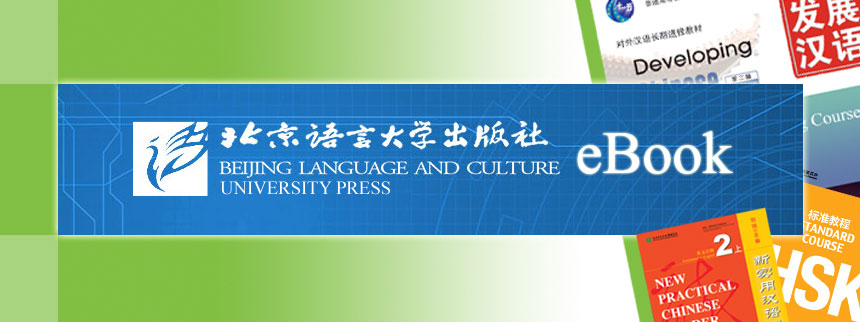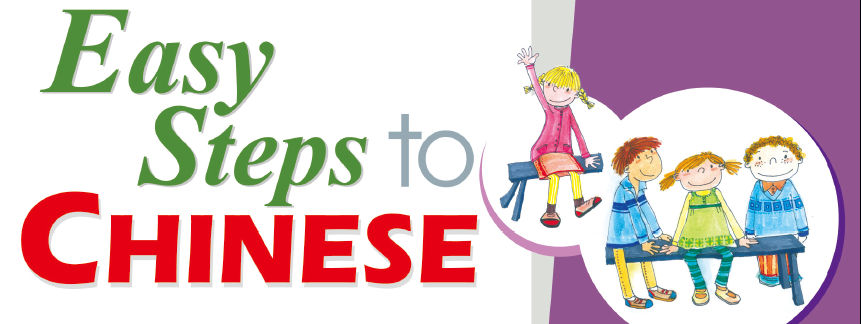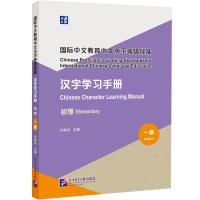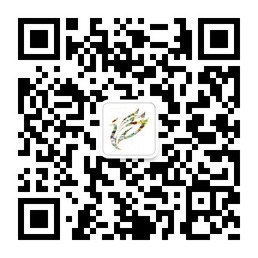Online Bookstore
Chinese Proficiency Grading Standards for International Chinese Language Education: Chinese Character Learning Manual (Elementary Level 1)
Author:Fu Yanbai
- Medium:Books
- ISBN: 9787561967812
- Page Count: 388
- Size:
- Pub Date:2025-05
- The book weight: 710 g
- Annotation Language:English
- Course:Chinese Characters
- Target Audience(Age):
- Target Audience(Language):Elementary
- Price:
-
Category: Dictionaries >Chinese Characters














